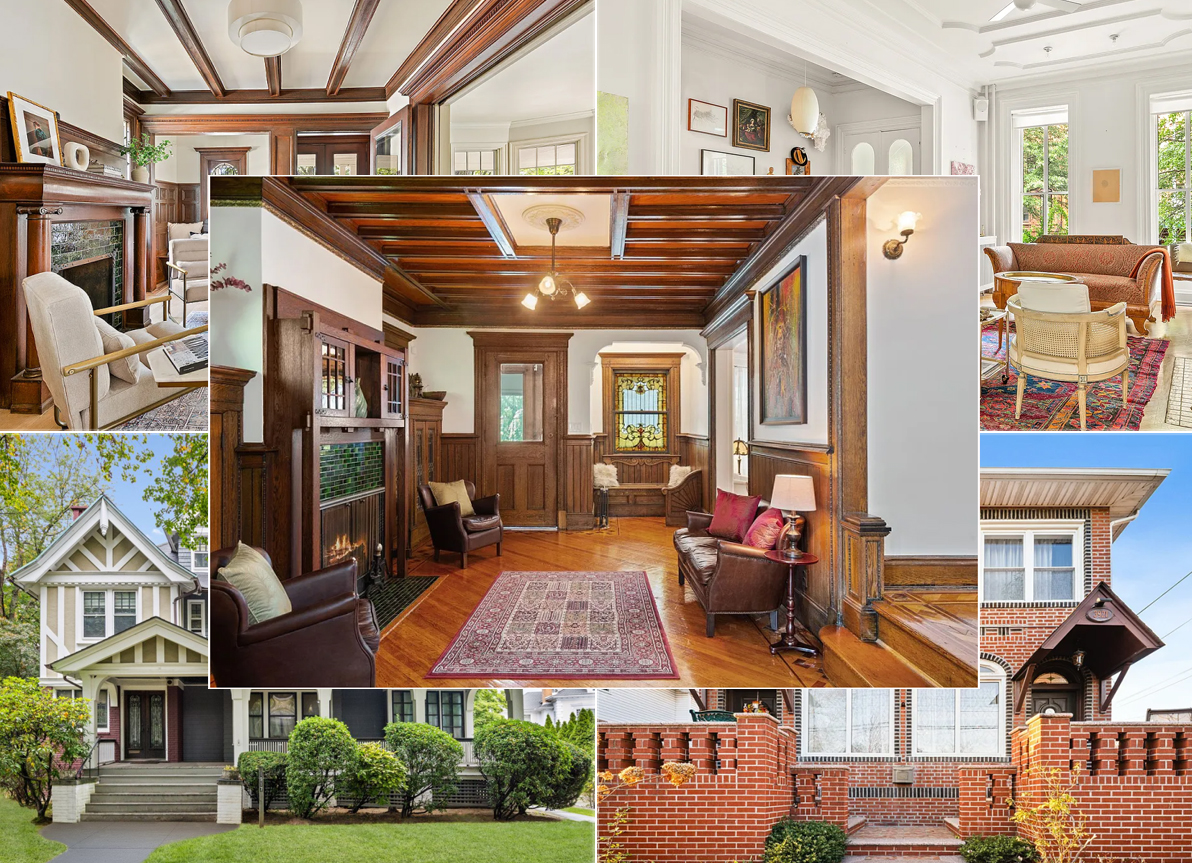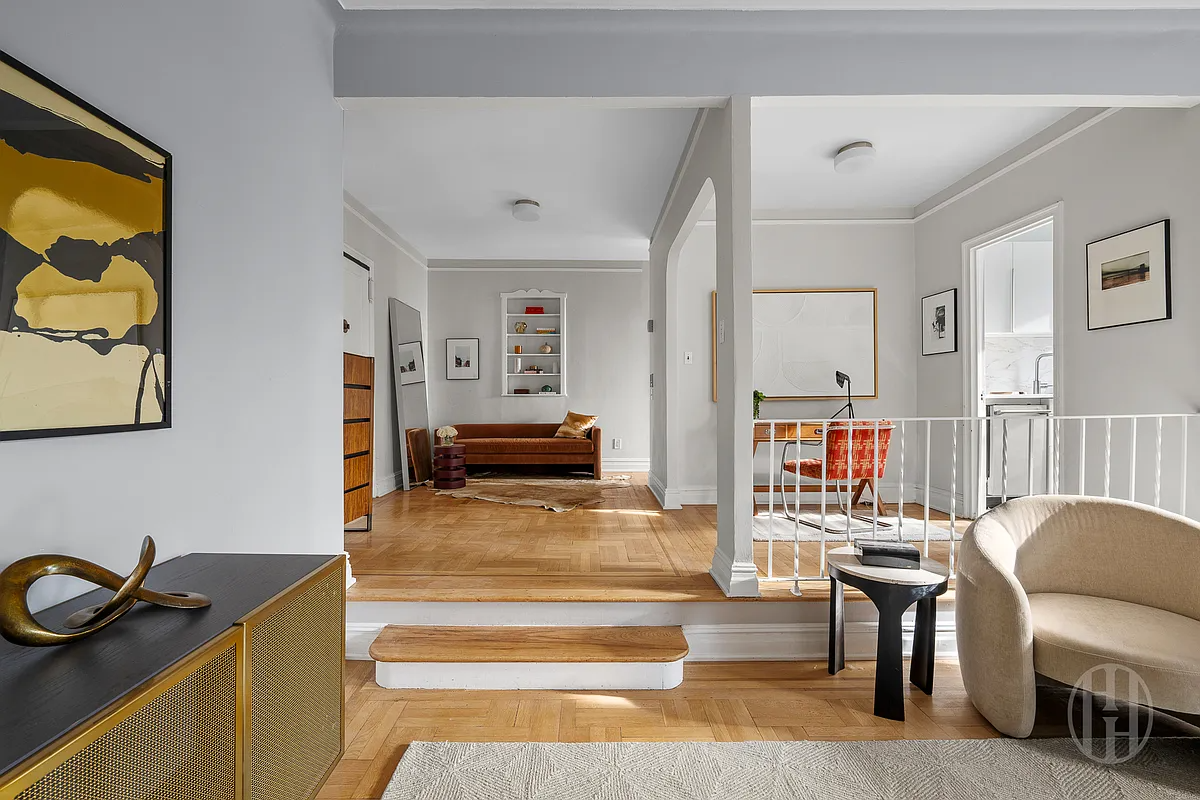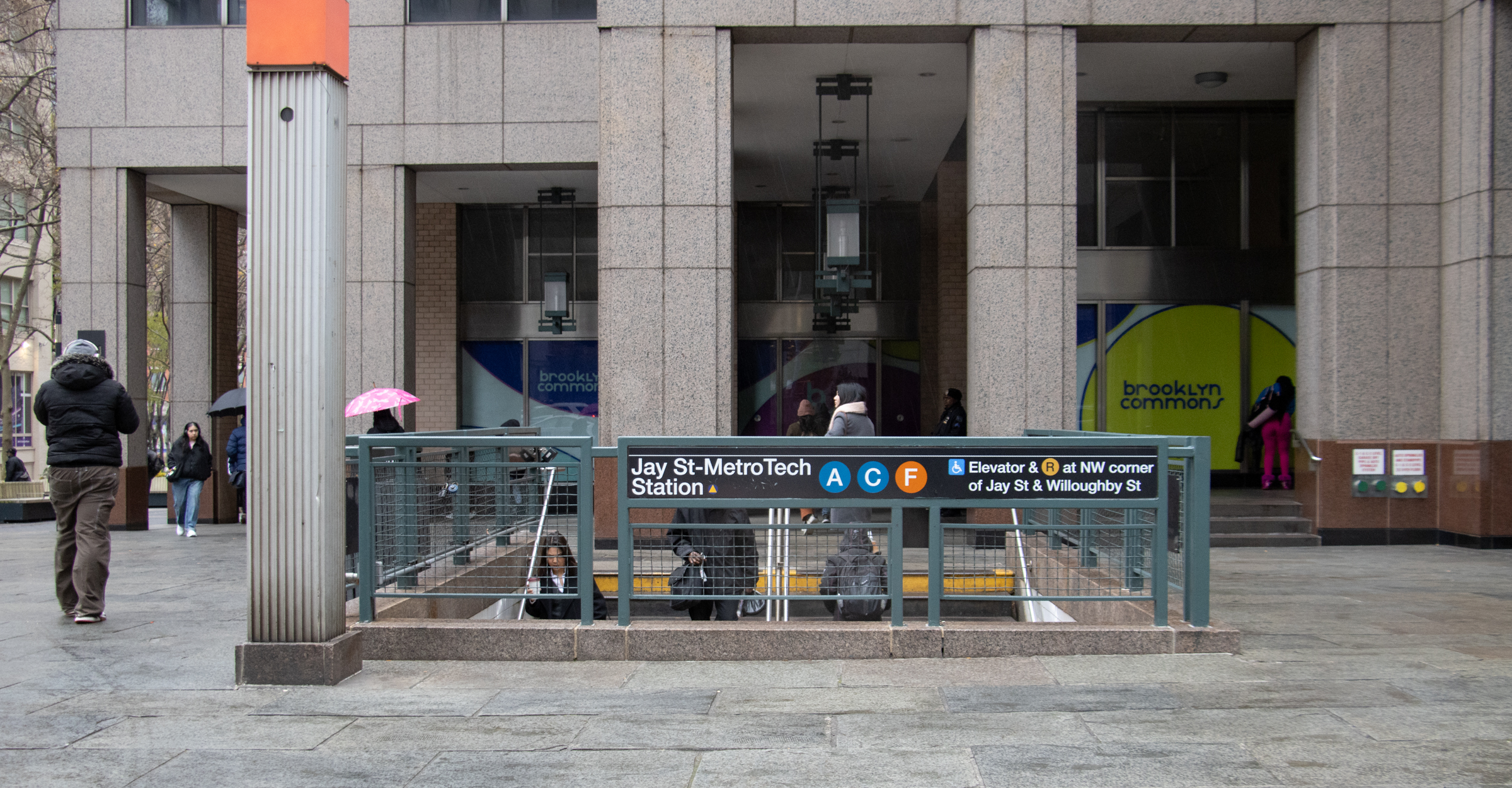A Little Love for Prospect Heights
Yesterday The Sun published a wonderful piece on Prospect Heights by Francis Morrone that highlights the neighborhood’s enduring charm and architectural splendors. Morrone notes that Prospect Heights is sure to be named a historic district at some point, and he praises Vanderbilt’s mellow charm, the well-preserved row houses on Prospect Place and St. Mark’s Avenue,…


Yesterday The Sun published a wonderful piece on Prospect Heights by Francis Morrone that highlights the neighborhood’s enduring charm and architectural splendors. Morrone notes that Prospect Heights is sure to be named a historic district at some point, and he praises Vanderbilt’s mellow charm, the well-preserved row houses on Prospect Place and St. Mark’s Avenue, and the industrial grandeur surrounding the rail yards, which includes a structure that’s not long for this world:
A plaintive note: The Ward Bakery, at 800 Pacific Street, clearly visible to the south across the yards, dates from 1911. It’s one of the most beautiful of the city’s early reinforced-concrete factories, sheathed in white brick and white terra-cotta that were meant to convey the utter cleanliness of the bakery’s operations, which involved producing 250,000 loaves of bread a day. The bakery operated (as Pechter Fields) until 1995. At more than a million square feet in floor area, it seems insane that it could not have been saved and adaptively reused in any new development around here. Rather, it is being torn down.
Sound familiar? The whole piece is well worth a read.
Prospect Heights Grandeur [The Sun]
Photo by threecee.





montrose morris = idiot
NOP, I’m glad you and your FM enjoyed coming back to the old neighborhood. I agree. Union United Methodist Church is a masterpiece. I never get tired of discovering new angles to see it from, and the massing of shapes and materials is truly brilliant.
If only more people would look at any neighborhood with an eye towards the way architecture, scale, and materials used affect the way we live. So many here get caught up in dollars, FAR, and reselling and preserving one’s financial investment, that we overlook what it is that makes up a building and a neighborhood.
Whether you like old or new buildings, there has to be something that draws us to it. If we are not conversant in architectural terms, there is still that “something” that appeals – whether the way the building hugs a corner, or relates to its neighbors, the materials used, or how the light plays off of the windows or down the facade. Our oft times unconscious pleasure at these details adds to our general sense of well being, and makes our homes, our neighborhoods, places where we are happy, productive, and secure.
This is why soulless, Soviet bunker type architecture leaves us scornful and cold, and part of the reason why so much hastily built and fugly buildings get so much scorn heaped on themselves here. No wonder so many of these buildings are not cared for. There is no there there.
Prospect Heights has blocks of wonderfully planned groups of homes, with brick, brownstone,and limestone showcased by old growth trees, framed with gardens and wrought iron. The apartment buildings are elegant and strong. The commercial streets have a small town scale. This is a viable community that should be preserved for its inherent beauty, and protected from mad development, much of which has no regard for anything but immediate profit. That is not to say there is no room for the new. Growth is necessary and needed. Landmarking will help assure that the new compliments and enhances the old, and both move forward in tandem.
Thanks, MM.
You bet I enjoyed my visit, but what I especially liked was one of my family member’s (FM) change in attitude as we drove around.
FM is a sophisticated and well-travelled (if not in Brooklyn) woman. Like East Siders of yore who never went to the West Side except to go to Europe (taking the ocean liners of the day), she never goes to other parts of the borough except on her way to JFK.
As we turned into Eastern Parkway from Grand Army Plaza, she was sure we were in Bedford Stuyvesant. No, I explained, this is Prospect Heights. “But we’re going to Bedford Stuyvesant, aren’t we?†“No, this is the way to Crown Heights,†I answered. Then, as we got to Kingston Avenue and the housing projects, her nervousness was palpable. “But this IS Bedford Stuyvesant!†“No,†I said, “but so what if it is?â€
But then we turned toward Grant Square, approaching the Imperial Apartments on Pacific Street. In the winter’s afternoon light, its beautifully restored facades looked gold and white. “It’s like the Dakota,†FM said. “Uh huh,†I said. “Maybe a little better.â€
Then we went down Dean Street by a row of shingle-faced row houses with gable roofs. “They look like houses in Chicago on the Gold Coast,†she said. “Except these are little larger,†I said. “Chicago tore down most of the ones this good for apartments.â€
And eventually, when we crossed Eastern Parkway to Union and President Streets, an area of free-standing brick and limestone houses, FM gasped, “It’s like London, either Greenwich or Hyde Park!†“See what I mean?†I asked.
Also nice to watch was FM’s change in aspect. She became visibly relaxed, turning her head this way and that to catch some interesting building or architectural detail. It was a very cold afternoon, too cold to get out and walk around, but we agreed to do it some time. And this, by a woman wary of going to Park Slope’s Sixth Avenue!
For me, Crown Heights looked much smaller than I remembered. When you’re a youngster and can barely see over the hoods of cars, streets can seem almost too big to cross. Now ones like Dean, Bergen, and St. John’s appear to have a nice, residential scale. And six-story apartment houses that seemed to stretch forever now look rather intimate, and with the typical Crown Heights’ Tudor and neo-Georgian touches, almost cozy.
But one building for which I had absolutely no memory knocked me out. The Union Methodist Church on New York Avenue (that’s what it’s called, right?). How could I have forgotten this enormous Romanesque -Revival brick pile, especially when it was directly across the street from my old school, P.S. 41? In any other city, it would be the pride of the town! Then I decided it was probably too big for me as a little kid to comprehend. Because it’s a full block wide and the tallest thing around, I would have had to stand far back across the street and crane my neck over cars to take it all in. What a discovery!
Next time I’ll have to get out of the car so I can get up close to the buildings. There’s a lot of brick, stone, and granite in Crown Heights that not only make the area look great but give it a special tactile quality. The way brownstone steps feel under your rump as you kick back watching your pals on the street. The way stone and granite keep their heat or cold even as the day’s weather changes. The different ways stone or brick walls bounce a Spaldeen.
Thanks, MM, for encouraging me to visit the old neighborhood. I don’t think I would have done it if it hadn’t been for your postings in Brownstoner.
NOP
NOP, you visited the old nabe! I hope you were pleased. As you can see, we’ve got some work to do, but things are slowly improving here in Crown Heights.
4:02, very, very, well said on all points.
I think the naming of neighborhoods is very interesting. From my research, it seems that a lot of names of smaller communities were resurrected when real estate and community groups started to differentiate themselves from larger communities, especially when those communities had negative connotations.
Much of what is now Bed Stuy and Crown Hts was just called Bedford, or Bedford Corners, centering around the intersection of Fulton and Bedford, which was a rolicking town, and center of commerce and travel in the early 1800’s. Around that time, most of the land making up both Bed Stuy and Crown Heights belonged to the Lefferts family.
To 4:39 – well if you are living in a stucco bunker you probably aren’t in an area targetted for being an historic area, so you don’t have to worry. Also, the borders are drawn to include the worthwhile buildings and omit the newer or less historic ones.
Gee, 4:39 pm, I guess it’s called living in a community and trying to do what’s right for your neighbors and your local heritage — not just yourself.
In 2003, breathable air caused home values to go up. Things might be different now.
The problem I have is that if the LPC isn’t making mortgage payments, why should they have a say in what color I paint my stucco shoebox bunker.
Prospect Heights as a name has certainly existed since the 19th century. It could be viewed as a neighborhood within a neighborhood: we are still part of CB8 which covers all of the greater Crown Heights area.
There are a lot of misconceptions about the “burdens” of landmarking. Some exterior changes have to be approved by the LPC but for most jobs the process is pretty simple. All the LPC folks I’ve met have stressed that they want to work with homeowners, not against them. And there are jobs that need no approval like replacing a flat roof. I’ve even heard them say publicly that there may be circumstances where they would approve aluminum replacement windows instead of wood. They try to be flexible. Also LPC can’t MAKE you do anything, they can only regulate changes that homeowners themselves decide to make. For example, if your house lost its stoop they can’t make you put it back.
Regulations regarding the rear facade are less strict but do exist. Rightly the LPC is concerned about maintaining the “donut hole” of contiguous open space in the middle of a brownstone block. Also zoning rules still apply. So if, as is the case in much of PH, your house is underbuilt according to the FAR formula, you can still build an extension. It just has to meet LPC’s aesthetic/contextual standards. My supposition — and that’s all it is — is that this requirement may eliminate some of the cowboy contractors and their fugly constructions. They just won’t want to take on a project that requires LPC oversight.
I would be thrilled if it put an end to situations like the “stealth” demolition of a beautiful house on Park Pl btw Vanderbilt and Underhill or the construction of a 1.5 storey vertical addition to a 3 storey house on St Marks nr Carlton — which looks like nothing so much as a shoe box cum stucco bunker atop a lovely old brownstone. The rear extension caused an outcry by blocking sun and light from neighbors’ interiors and backyards.
Btw, there is MASSES of useful info on the LPC website (at nyc.gov) including a great FAQ developed for Crown Heights North residents that is totally relevant to PH residents. There’s also a study done in 2003 that documents that landmarking causes home values to increase.
2:47:
You’re right. Social maps keep changing. Crown Heights North was advertised as Bedford as late as the 1920’s. But the WPA guide in 1930s calls it Crown Heights. Then as the African-American population grew in the 1950s-60s, it was subsumed by Bedford-Stuyvesant.
My brother, WASP-y in his Brooks Brothers suits, gets a kick out of telling new acquaintances that he’s from “Bed-Stuy.” Invariably, they blink rapidly, and the ice in their scotch starts to clink.
He enjoys it, thoroughly.
NOP